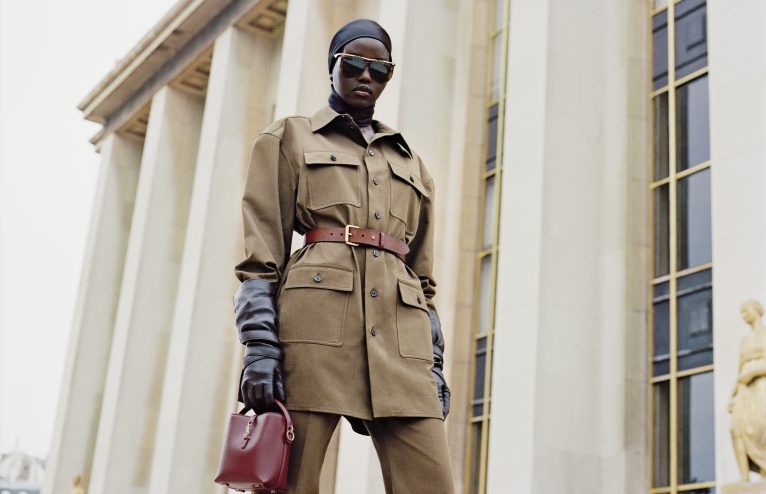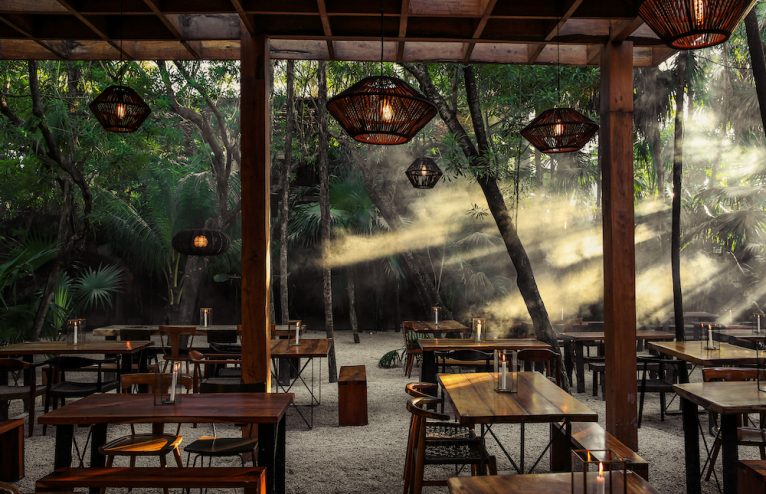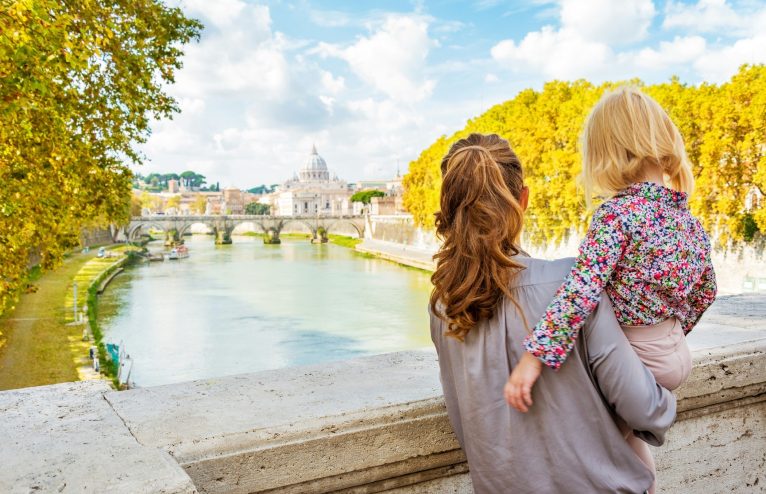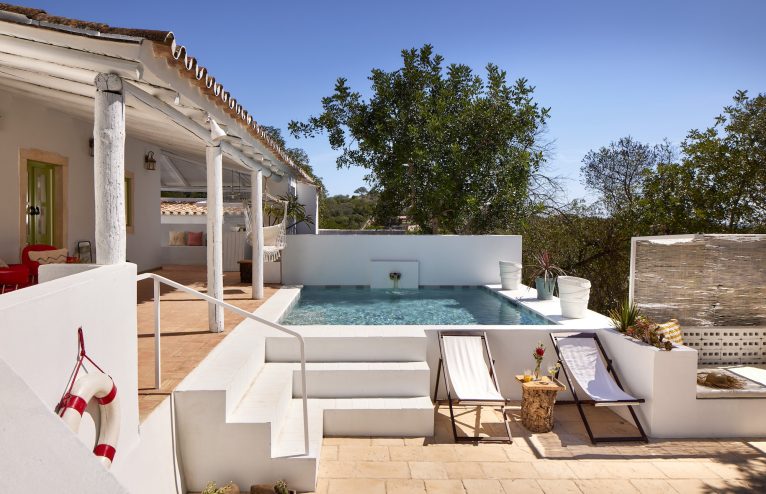Ask anyone who has travelled throughout the United States and they will likely tell you that Charleston is the most beautiful city in the country. And they wouldn’t be wrong. Pastel historic homes with two and three storey piazzas (as porches are called there) and gas-lit lanterns, cobblestone side streets and alleys to seemingly nowhere, and steady breezes coming in off the ocean, bathe this little South Carolina city in a glow of magic.
The fact that Charleston is always warm (or warm-ish) gives the city a relaxed, always ready for a party feel. As if in defiance to its relaxed atmosphere (and numerous bachelorette trips), Charleston is also home to so many churches that it has long been dubbed the Holy City. A deep francophone influence leftover from when French Huguenots first arrived in 1680, continues to influence a bustling food and wine scene. Yet, peeling away beneath the undeniable beauty and immense charm of Charleston, is a city still palpably reckoning with its past as one of the epicentres of the American slave trade. Beneath the surface of the palm-tree lined streets is a painful history, lost narratives, and history that continues to emerge and unfold. A visit here is like opening a gorgeous, ornate, somewhat tattered old book. You cannot put it down, and you’ll want to return to it again and again.
STAY
Zero George is a Charleston dreamscape, from its historic exteriors to its sumptuous guest rooms. Spread across five nineteenth century buildings that have been meticulously preserved and restored the hotel, which has just sixteen guest suites, is one of the most luxurious places to stay in an already luxurious city. Located in the quiet enclave of Ansonborough, Zero George’s activity orbits around an enclosed courtyard from which guests are invited to borrow bikes, dine, lounge in an oyster shell garden, or simply pass through on the way to one of the many piazzas. Zero George has earned a reputation as a food and wine destination thanks to their two-hour set menu tasting dinners, as well as their new addition of an intimate eight-seat caviar bar.
The Pinch
The Pinch might be the Holy City’s newest hotel—a difficult to define moniker in Charleston’s rapidly expanding hotel landscape—and it’s certainly one of the chicest. Situated in the heart of Charleston’s historic district, the Pinch’s twenty-two guest rooms and three residences (should you fancy a stay longer than thirty days) occupy interconnecting restored historic buildings and new construction. The Pinch’s appeal is its celebration of history mixed with its modern sensibilities: think entering the hotel from a quintessential gas lantern-lit cobblestone alley and finding a lobby infused with contemporary art, antique furniture, and ‘70s décor. The Pinch’s turn-of-the-century inspired oyster and cocktail bar is set to open this fall, followed by a full-service restaurant later in the season.
Post House Inn
Located just across the harbour in Mount Pleasant – a neighbourhood of mature live oaks heavily draped with Spanish-moss – the Post House Inn is a stylish seven-room boutique property rich in charm. Located in a converted 1896 post office, the Inn is ideal for those looking for a respite from the centre of tourist-laden downtown Charleston, and for its close proximity to the beach. Since it opened in 2020, Post House’s restaurant and bar have been as popular with a local crowd that pops in regularly for cocktail hour as they are with discerning international travellers. Bikes are available for exploring Mount Pleasant’s postage-stamp sized Old Village, or for venturing further afield to the beach at Sullivan’s Island and the Low Country beyond.
EAT + DRINK
Basic Kitchen
As fresh and light as it gets in Charleston’s southern food landscape, Basic Kitchen serves seasonal, mostly plant-based dishes in a bright and colourful setting just off the bustle of King Street. Known for their fresh salads and juices, Basic Kitchen is an ideal lunch option.
Cru Cafe
This upmarket casual spot is located close to the Historic City Market, but tucked away from the commotion that the area brings. Located in a former 18th century home that is constantly abuzz, Cru’s salads and small plates are worth stopping in for.
Brasserie la Banque
Charleston loves its French-inspired restaurants and Brasserie la Banque is one of its standouts. Richly hued interiors warm this former bank space that’s complete with a cocktail bar in the downstairs vault. The menu is, of course, French—with a fresh southern twist.
The Ordinary
This standout is anything but what its name suggests. Located in the sweeping space of another old bank, The Ordinary works with local fishermen, oystermen, crabbers, and farmers to serve up the best of South Carolina’s coast and farmlands. Heavily seafood-forward – fully embracing the concept of seafood towers – the Ordinary is also ideal for a drink at the bar. Their vodka martini is one of the best.
Poogan’s Porch
A Charleston staple that borders on cliché, Poogan’s Porch is worth the obligatory stop. Poogan’s has been a local institution since 1976; come here as much for a meal of southern classics—think fried green tomatoes, chicken and waffles, shrimp and grits—as for the people watching.
Husk
Just next door from Poogan’s Porch, Husk is like the sophisticated older sister who moved in next door. Husk stands out for its spin on southern classics, elegant ambiance, and one of the area’s best cocktail bars – located in a small outbuilding on the property. A few bites or sips here and you’ll understand why this restaurant prevails, and why it has expanded with outposts in Nashville and Savannah.
Bin 152
Charlestonians love a good drink and Bin 152, located in the French Quarter, is an intimate spot to enjoy this local pastime. Bin 152 offers a selection of 40 different wines by the glass, 200 by the bottle, and 40 different cheeses and charcuterie, not to mention freshly baked bread. Open until 2am on Fridays and Saturday.
View this post on Instagram
Sullivan’s Fish Camp
This cheeky and inviting new spot is a highlight on Sullivan’s Island – Charleston’s most accessible beach. A sister property of Basic Kitchen and Post House Inn, Sullivan’s Fish Camp is a casual spot for the best local catches after a swim or a stroll along the beach.
TO DO
Take A Walking Tour
Charleston’s history is extremely rich and multilayered. To help you get your bearings, and to give some deeper dimension to what can seem like a merely a pretty face (albeit a very pretty face), carve out a few hours for a walking tour with a local expert. Walk + Talk Charleston offers intimate, historian-led tours that explore the city’s centuries of history, from the good to the bad to the ugly.
Wander and Get Lost
Charleston begs to be explored slowly, whether on foot or on bike. It’s a small town, densely packed with streets that unfold more beautifully than the last. Wander from the top of Ansonborough down to the peninsula’s end where you’ll find some of the city’s grandest old homes along the Battery. Make time for exploring the side streets and hidden alleys for a picture of Rainbow Row, and for sitting in the oyster shelled White Point Garden. For shopping, dive into the bustle of King Street where you’ll find a bonanza of stores including local favourites LAKE and Roller Rabbit. Stop at the Historic Charleston City Market where you’ll find Sweetgrass Baskets traditionally woven by local Gullah artisans.
Step Into History
Charleston takes its homes very seriously and, luckily, several of the city’s historic, swoon-worthy mansions are open for guided tours. Stop in at The Nathaniel Russell House, once the home of Colonial and Federal era mercantile elite as well as the men and women enslaved there to support their opulent lifestyle. The impeccably restored home offers docent-led tours and a three-story, free-flying curved staircase. The Edmondston-Alston Home, down on the Battery, is notable for its outstanding views of the Charleston Harbor and its storied past that endured the American Civil War, a significant earthquake in 1886, and countless hurricanes. Further uptown in Wraggborough, The Aiken Rhett House has been fascinatingly preserved, rather than restored. Carve out enough time for the excellent audio guide that brings you first through the living and working areas of the enslaved people that lived on this urban plantation, and then through the ghostly-rooms of the mansion.
Go To A Museum
Charleston’s role in the slave trade was extensive and as such, it’s a bit surprising to find that its museum dedicated to the history of the city and slavery, is rather small. The Old Slave Mart Museum has been operating on and off since the late 1930s and is both informative and sobering. This is a must stop in understanding the city’s history. (Worth noting: a long-awaited new International African American Museum is slated to open in January of 2023.) The Charleston Museum, which claims to be America’s first museum, provides a further look into the city’s past through its people, trades, and crafts. The Gibbes Museum of Art, housed in a gorgeous Beaux Arts building in the Historic District, is the home of a sweeping collection of American art, specifically pieces deeply tied to the South Carolina’s Low Country and the story of Charleston.
Head To The Beach
With just 48 hours, you may be rightfully tempted to stay in the city. But if you find yourself in Charleston on one of its brutally hot and humid summer days, you may need some relief. The city is mercifully near the ocean and the beach at Sullivan’s Island is a short twenty-minute drive away.

























Any Questions or Tips to add?